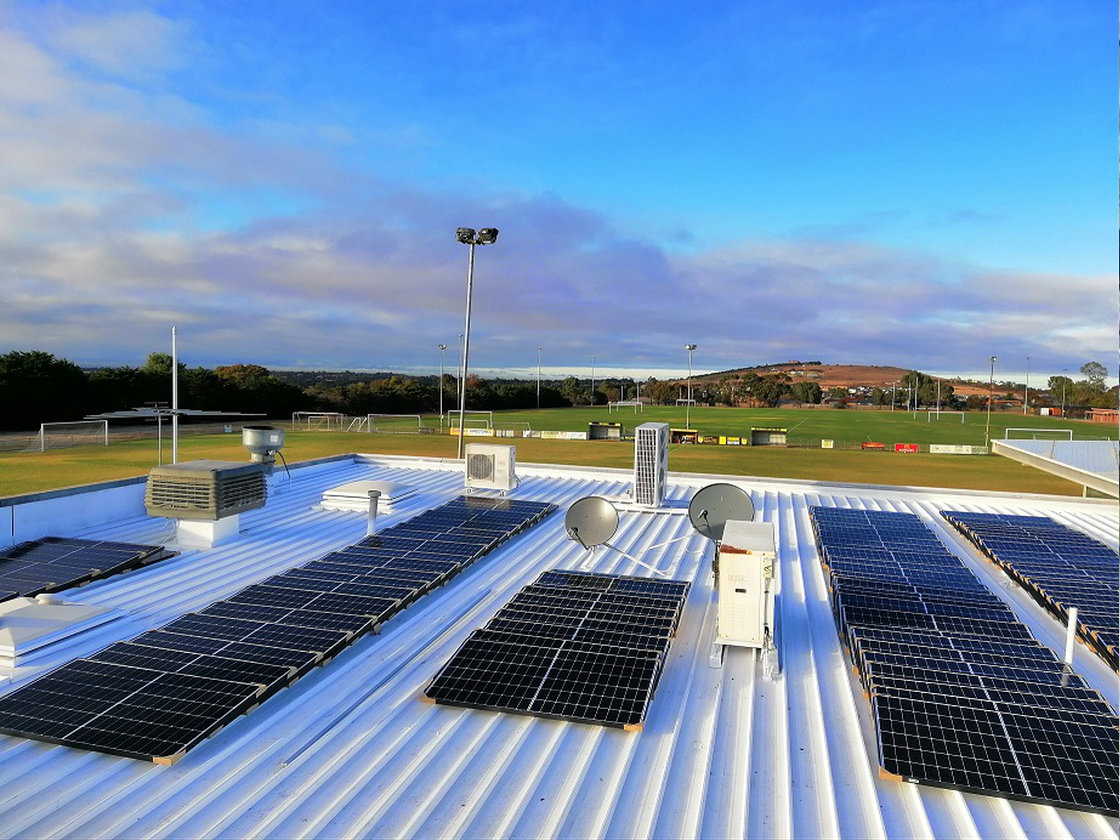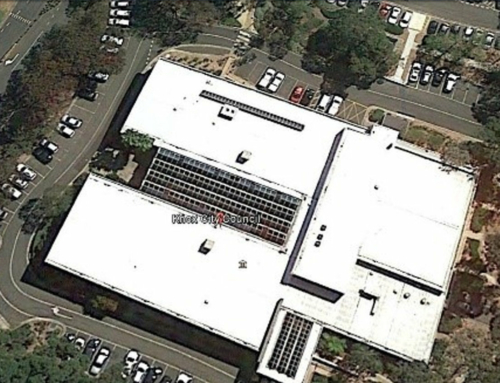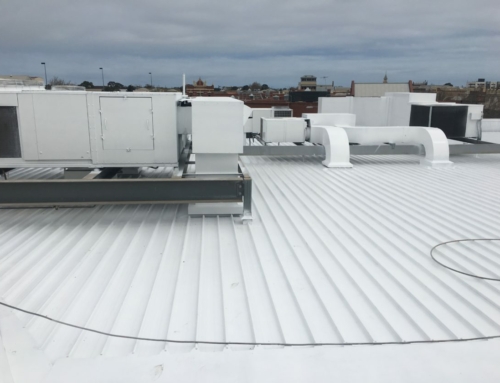Project Description
Best Heat Reflective Paint For Metal Roof – Sunbury Sports Club
As part of an independent energy efficiency initiative Sunbury United Sports Club invited Cocoon Cool Roofs to present our capabilities in contributing to the club’s energy savings. The club was a high consumer of power as the result of occupation and air conditioning usage.
Before the application of the membrane the surface temperature of the roof would reach 109 degrees on a 35-degree ambient day, meaning a much hotter internal space and harder working air conditioning.
The installation of a Cocoon membrane resulted in roof surface temperature of 410C. This reduction in temperature makes a dramatic impact to the external heat entering the building via the roof. Roof temperatures can contribute up to 10 degrees of ambient internal temperature.
With the lowered internal temperatures, the use for AC within the complex is significantly reduced, lowering carbon emissions and lowering energy bills.
Project Details
Category: Local Government
Client: Sunbury United Sports Club
Location: Sunbury, Victoria
Tasks: Heat reflective membrane installation
Cocoon Cool Roofs provide a triple impact to your businesses bottom line
We are proud of the power of our offering and the benefits that it has for you, your business and the planet.
Financial Benefits
No disruption to normal business operations means while we are working so can you.
Reduced investment in air conditioning capital costs, reduced maintenance and running costs.
Cheaper than outright roof replacement and avoids additional costs such as design and engineering fees or HVAC removal.
Social Benefits
No disruption to the use of premises and services.
Reduced safety risk to the public as roof sheeting is not removed during application of coating thus no risk to public under roof or surrounding the building.
Construction time reduced.
Environmental Benefits
Coating reduces heat transfer and provides R value (insulation) for the building.
Reduced amount of waste, demolition and material going to landfill.
Reduced use of natural resources for steel roofs.
Reduced carbon footprint due to passive cooling.









